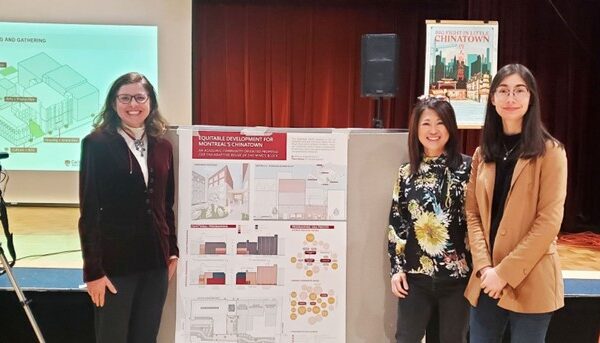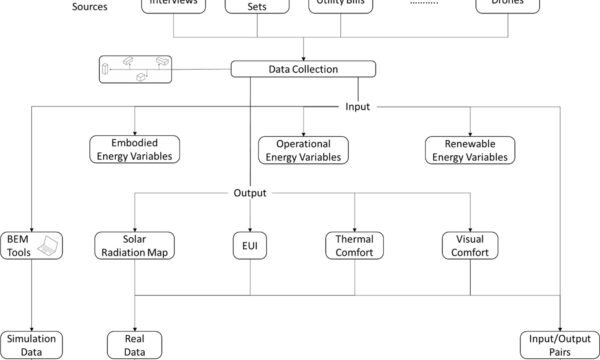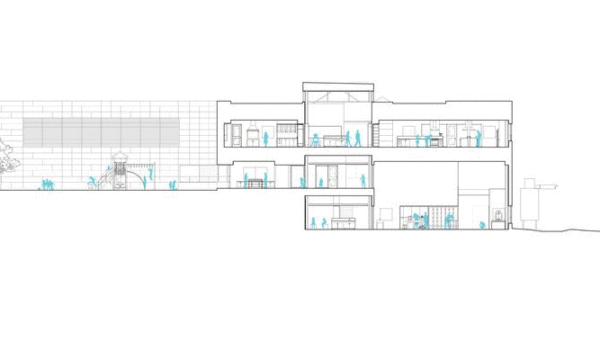Figure 1: Living with Water Values.

Figure 2: How Living with Water is Acting on its Values.
Kees Lokman of the University of British Columbia (UBC) Right to Land team is principal investigator of “Living with Water”, which brings together a diverse, multidisciplinary team to help communities living along British Columbia’s South Coast prepare and adapt to sea level rise and increased flood risks.
Living with Water promotes a values-based approach to coastal adaptation. Values are key to decision-making, both when it comes to how we do research, and how adaptation choices are developed and implemented. Adaptation inherently concerns making adjustments to policy, regulations and design practices in order to influence outcomes that alleviate harm and negative impacts of climate change. What constitutes harm or impact, however, and how these can be managed, highly depends upon how the perspectives within these implications are framed and understood, as well as the broader socio-political and environmental context in which these impacts take place. Values, knowledge, and experiences of affected people, groups and communities—particularly those that are marginalized—thus become an important marker for successful coastal adaptation. As such, what is considered appropriate, effective and successful adaptation, is very much determined by what people, groups, sectors and decision-makers deem worthy of protecting and/or enhancing.
We recognize that while adaptation science and policy have always been guided by values, the content and influence of these values have not been made explicit. Modern research paradigms have excluded Indigenous and local knowledges, leaving out important opportunities to redefine and co-define benefits across society, especially around climate adaptation.
As such, the team spent the first six month of the project developing an internal values statement, which included facilitated decolonization workshops to discuss the impacts of colonialism on Canada, and its impacts on transforming Coast Salish territories and ways of life. The sessions also provided a great opportunity to get to know each other, to learn together, and to understand our biases and blind spots. Together, this provided an important foundation to define which values we wanted to embed in the research.
After numerous conversations among researchers and members of the communities we collaborate with, we identified three main values: 1) reconciliation; 2) multiple ways of knowing; and 3) land water and people. Each value has several sub-values, which can be seen in Figure 1. Moreover, beyond simply listing these values as imporattn to our research, we developed “actions” to help us guide how we can ensure these values are operationalized. These actions include, for example: Resisting extractive research, encouraging team members to explore their positionality, being conscious about sources/references that are used, exploring research outputs that are accessible and beneficial to the communities we collaborate with (see Figure 2).
We see the values statement as a living document, and we continually come back to it as part of the research. We collaborate, reflect, and where necessary update the values statement to align with new insights and evolving perspectives as we learn together.
I think there is a need, and opportunity to co-develop and synthesize the values of the Quality of Canada’s Built Environment team. Such an internal process will be invaluable in ensuring all research sites operate based on a shared values system. It will also be a great way to explore and discuss how different, or potentially aligned, values of researches, cities, citizen groups, and awards organization are. Let’s ensure we make explicit which values guide the work we do.
To learn more about the research site led by the University of British Columbia in Vancouver, click here.



